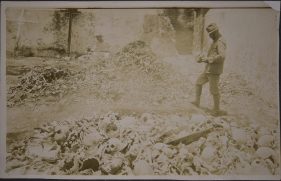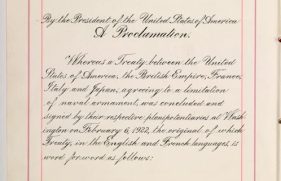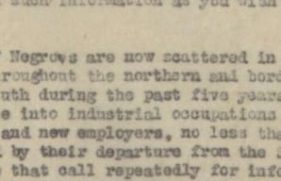Thirty-four year old Ah Chue, whose occupation was listed as “servant,” appeared at the “Chinese Village” exhibition at the National Export Exposition in 1899 in Philadelphia, Pennsylvania. The purpose of the “Chinese Village” was to exhibit and illustrate the architecture, dress, industries, amusements, transportation, social life, and religious worship of China for onlookers at the National Export Exposition.
“Living exhibits” like the “Chinese Village” were often part of exhibitions and fairs in the late 1800s and early 1900s in Europe and the United States. They displayed non-Western people as curiosities, helping to promote the idea of Western progress and superiority that was commonplace at the time.
Along with the other performers, Ah Chue was allowed to enter the United States under an Act of Congress approved by President William McKinley on March 1, 1899. Most other Chinese were excluded from entering the country as a result of the Chinese Exclusion Act of 1882, and its extention in the form of the Geary Act of 1892.
This I.D. paper includes Ah Chue’s name, age, height, physical description, occupation, location and length of time engaged in occupation, place of residence, signature, and photograph.





